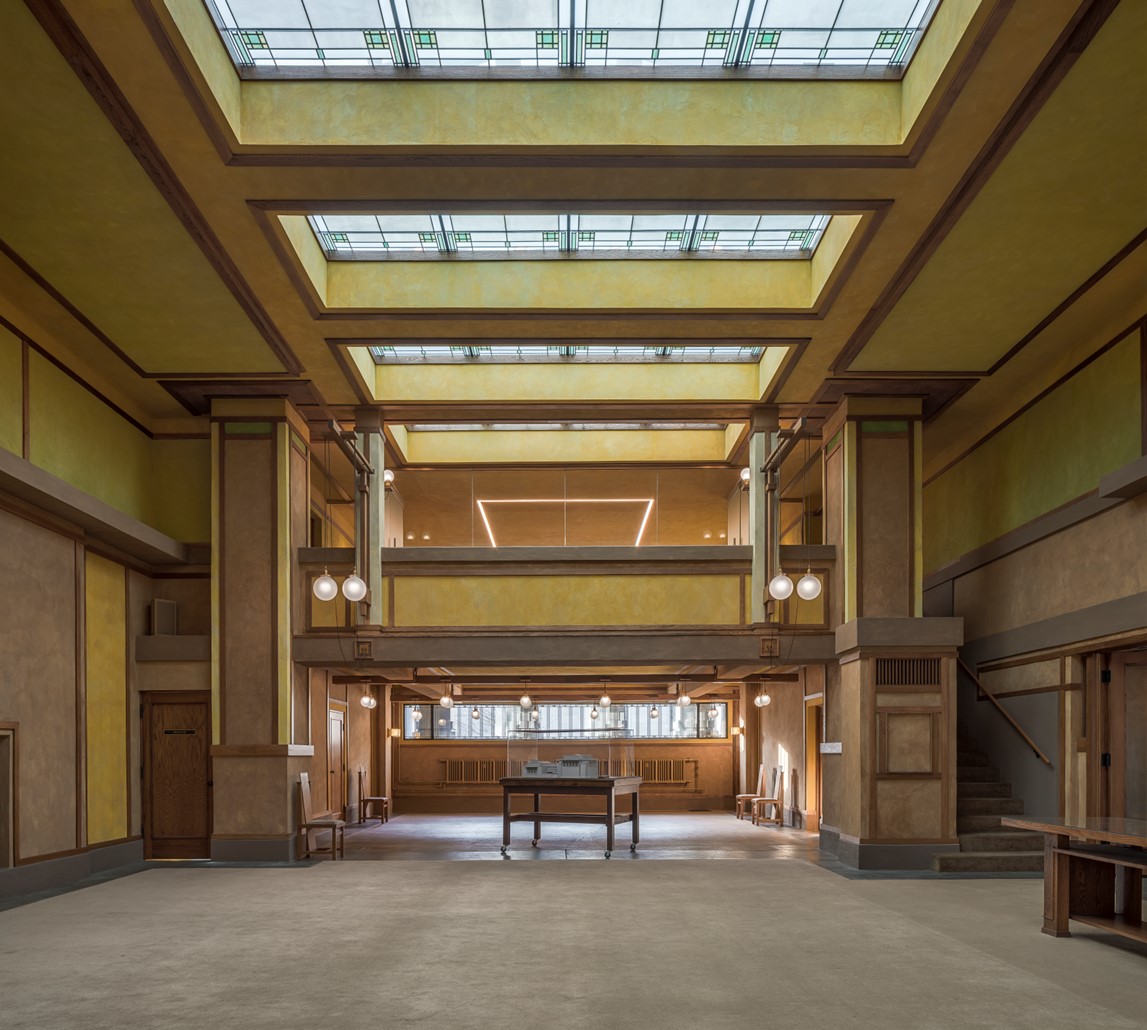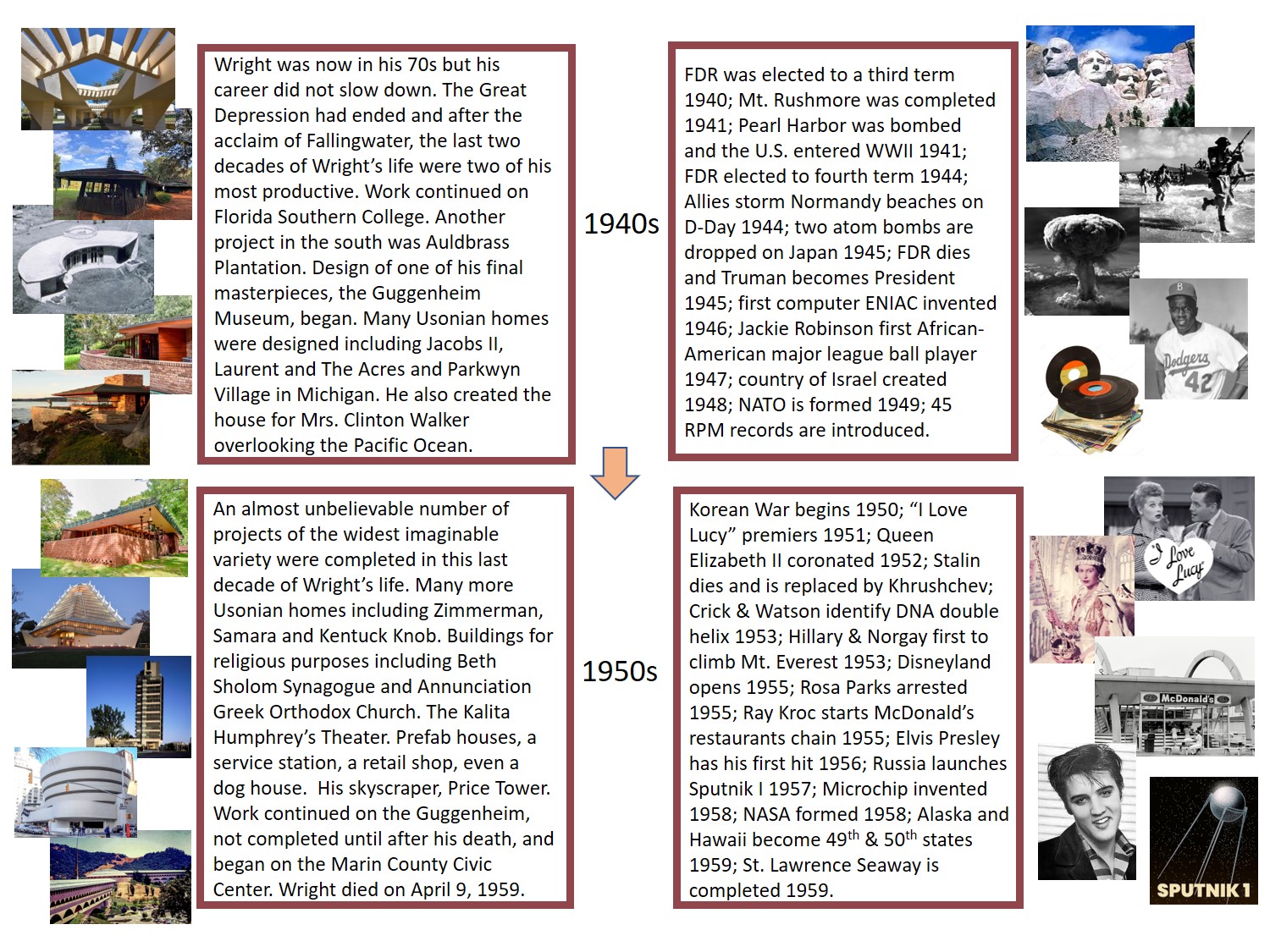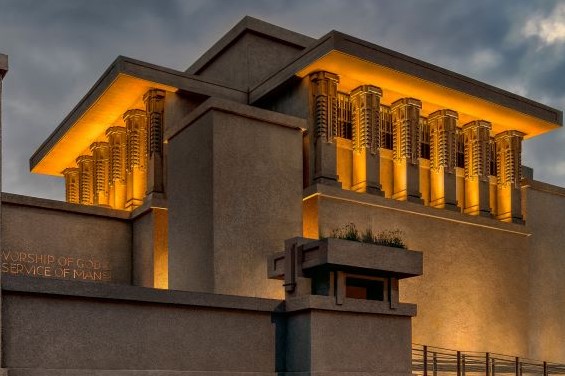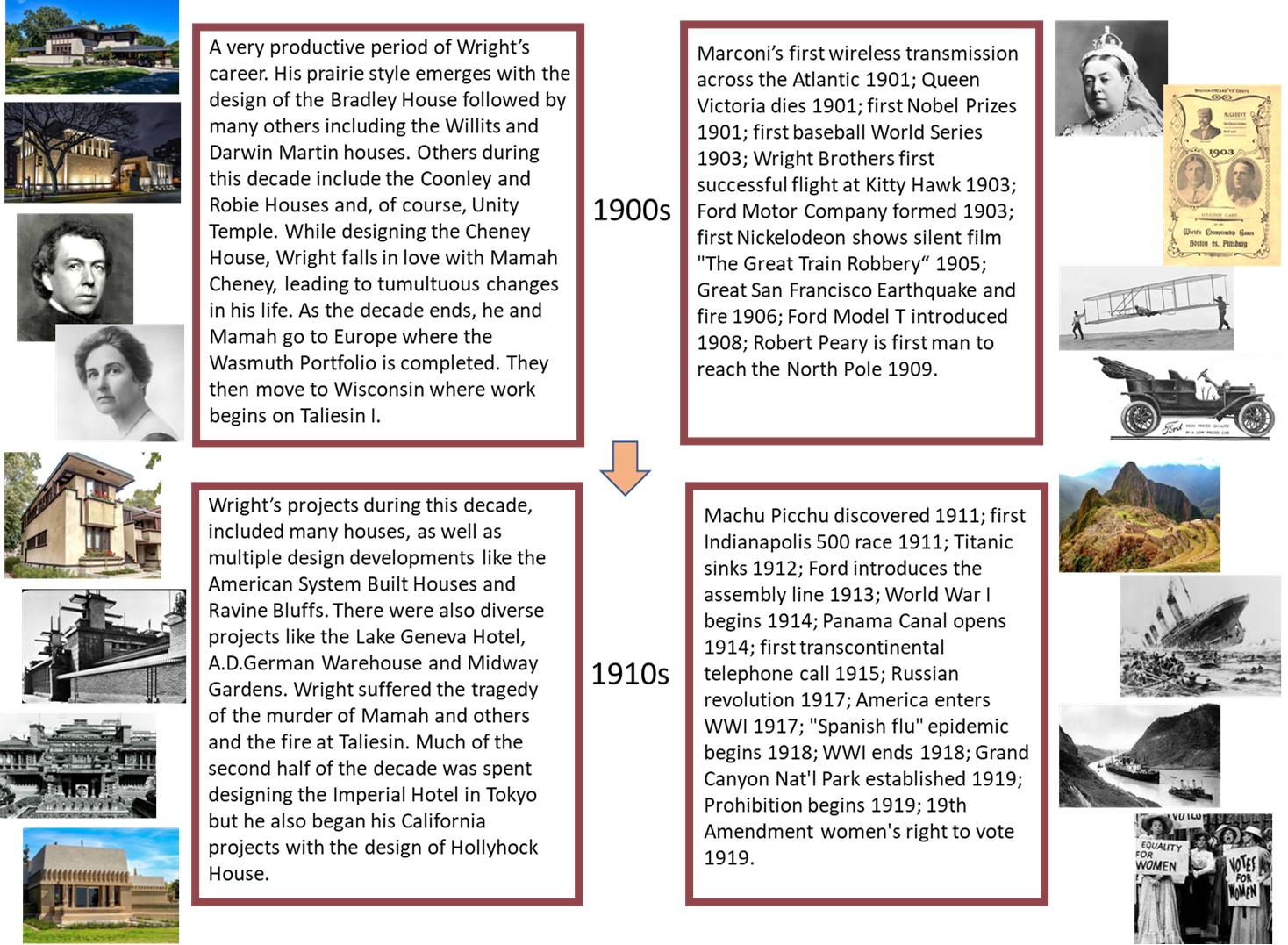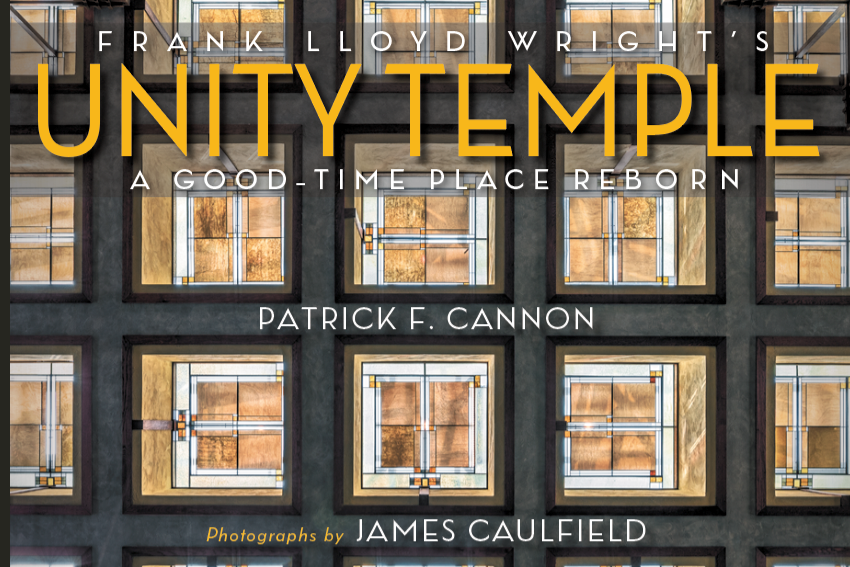 For anyone wanting to broaden their understanding of Frank Lloyd Wright’s design philosophy and techniques, I highly recommend an important book: Inventing Kindergarten by Norman Brosterman (Harry N. Abrams, Inc., 1997). The books are still available for purchase online.
For anyone wanting to broaden their understanding of Frank Lloyd Wright’s design philosophy and techniques, I highly recommend an important book: Inventing Kindergarten by Norman Brosterman (Harry N. Abrams, Inc., 1997). The books are still available for purchase online.
Brosterman did a presentation at Unity Temple a number of years ago. His background is in architecture, but his collection of children’s building blocks and construction toys from the 19th century led him to the pioneering work of Friedrich Froebel, the inventor of kindergarten in the 1830s. Brosterman posits that the Froebel system led to the origins of abstract art and modern architecture. Wright’s mother made sure her son was exposed to the Froebel system and philosophy as a child. Wright acknowledged the Froebel approach of twenty “gifts” (activities) as one of the major influences on his own work. Brosterman uses color illustrations of the whole series, and he makes the direct connection to Wright.
In giving tours at Unity Temple, I always enjoy setting the Froebel context by using Gift 3, a cube-shaped wooden box filled with small wooden cubes. The cubes themselves, on their underlying tabletop grid, can be used for knowledge (arithmetic and geometry), for showing the essential shapes that exist in nature (composing a flower), and for creating abstract forms of beauty (pinwheels, etc.). For Froebel, the underlying principle is unity or inner connection of design and purpose, the essence of Wright’s “temple to unity.” And the “empty” cube-shaped box exemplifies Wright’s belief that the essence of a building is the space within it. In Unity Temple, Wright created a cubic volume of light-filled space to serve the spiritual functions of a Unitarian congregation.
 Clearly, Wright assimilated the entire Froebel system of Gifts, which is implicitly a deconstruction of design, from solid, to plane, to line, and to point, with the process then reversed to end with modeling in clay, all based on a rectilinear grid. Wright later used a variety of other grids (triangles, pentagons, hexagons, and circles, sometimes in combination) in his work. You can see them in floor plans, elevations, window patterns, and graphic designs. Examine the Gifts and you’ll witness the inner workings of the design of Unity Temple.
Clearly, Wright assimilated the entire Froebel system of Gifts, which is implicitly a deconstruction of design, from solid, to plane, to line, and to point, with the process then reversed to end with modeling in clay, all based on a rectilinear grid. Wright later used a variety of other grids (triangles, pentagons, hexagons, and circles, sometimes in combination) in his work. You can see them in floor plans, elevations, window patterns, and graphic designs. Examine the Gifts and you’ll witness the inner workings of the design of Unity Temple.
It is no surprise, then, that Unity Temple’s exterior looks like it has been modeled in clay and that its interior is defined by the lines, edges, and colorful flat surfaces that create the sacred space. The extensive leaded glass windows allow that space to be filled with light. Unity Temple is a masterpiece of modern architecture, an elegant statement of religious belief, and a gallery of abstract art. It is also a tribute to the genius of Friedrich Froebel.
By Robert Trezevant

